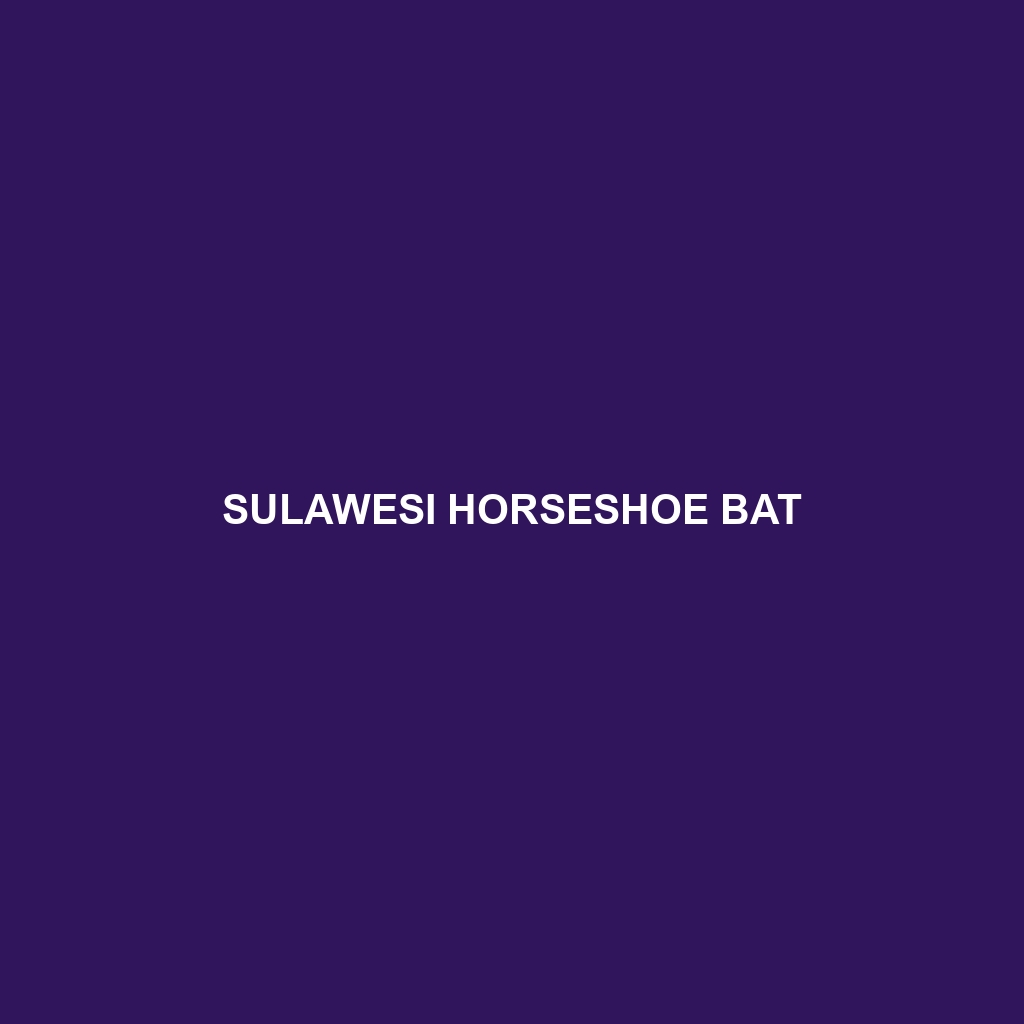Common Name: Cape Horseshoe Bat
Scientific Name: Rhinolophus capensis
Habitat:
The Cape Horseshoe Bat is primarily found in Southern Africa, specifically in regions like South Africa, Lesotho, and Swaziland. It typically inhabits a variety of environments including forests, grasslands, and agricultural areas. This species prefers habitats with ample shelter, such as caves and old buildings, which provide the necessary conditions for roosting and breeding.
Physical Characteristics:
The Cape Horseshoe Bat is characterized by its medium size, with adults typically weighing between 11 and 18 grams. They have distinctive crescent-shaped nose leaves which aid in echolocation. Their fur is usually a mix of reddish-brown to yellow-brown on the back, while the underbelly is lighter, often pale brown or gray. Their wingspan can reach up to 30 cm, making them agile flyers.
Behavior:
This species is known for its nocturnal lifestyle. Cape Horseshoe Bats commonly emerge from roosts at dusk to forage for food. They exhibit fascinating social behaviors, often roosting in colonies which can range from a few individuals to hundreds. During flight, they are agile and utilize echolocation to navigate and hunt, often straying only a few kilometers from their roosting sites.
Diet:
The diet of the Cape Horseshoe Bat primarily consists of insects, particularly moths and beetles, which they capture mid-air using their adept echolocation skills. This bat species plays a crucial role in controlling insect populations within its habitat, making it an important player in the ecological balance.
Reproduction:
Breeding for Cape Horseshoe Bats typically occurs from October to December. Female bats give birth to a single pup after a gestation period of about 60 days. The young are nurtured in communal roosts and become independent shortly after birth, demonstrating an interesting aspect of maternal care.
Conservation Status:
The Cape Horseshoe Bat is currently classified as Near Threatened by the IUCN due to habitat loss and degradation. Conservation efforts are needed to protect their natural habitats from urban development and agricultural expansion.
Interesting Facts:
One fascinating fact about the Cape Horseshoe Bat is its ability to adapt to changing environments. Though primarily associated with caves, these bats have been observed roosting in urban settings, highlighting their resilience. Their unique nose structure not only aids in echolocation but also has been the subject of various studies focused on flight dynamics.
Role in Ecosystem:
The Cape Horseshoe Bat plays a vital role in its ecosystem as both predator and prey. As insectivores, they help maintain healthy insect populations, thus supporting agricultural biodiversity. Additionally, they serve as prey for larger predators, contributing to the food web balance in their habitats.
